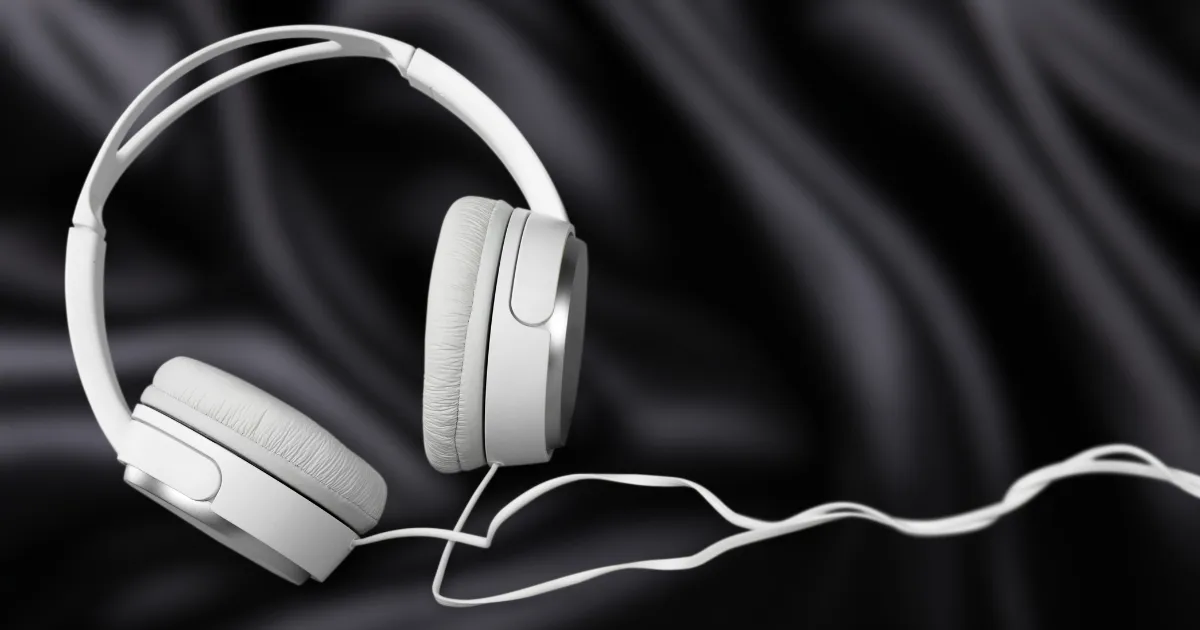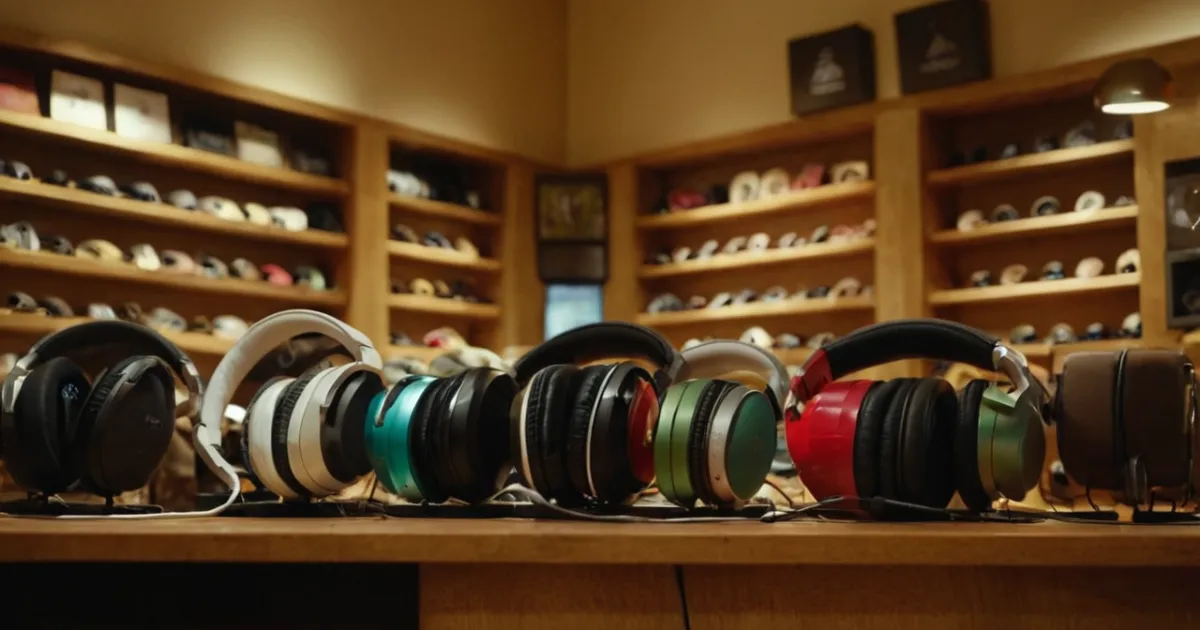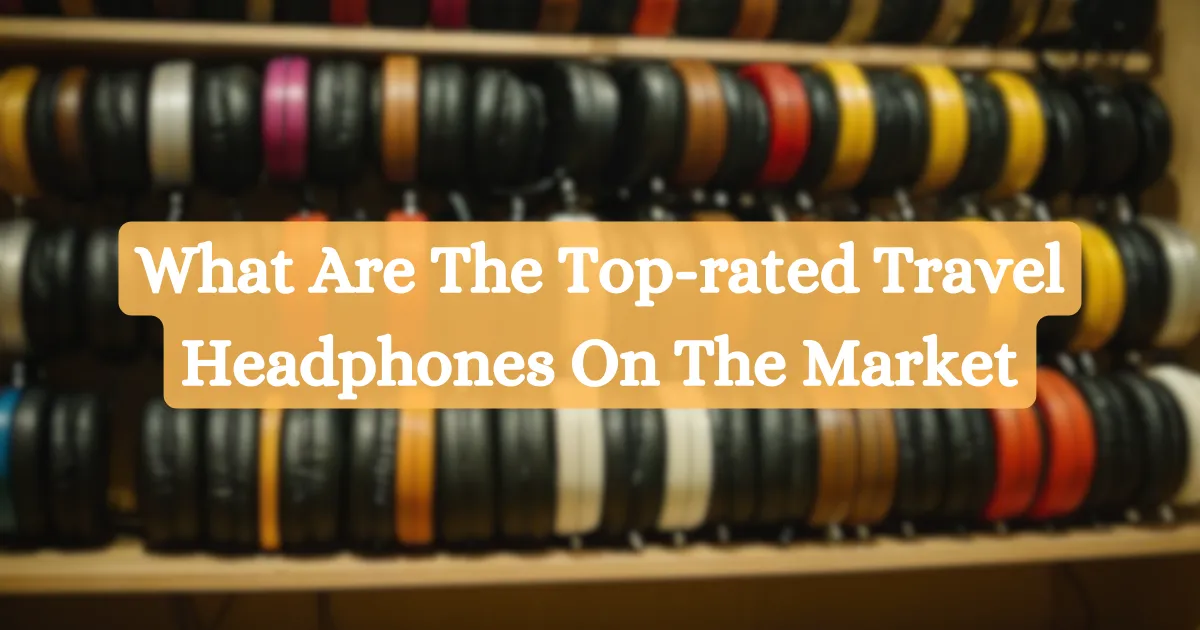
Are you curious about the volume level of travel headphones? Well, buckle up and get ready to dive into the world of portable audio! When it comes to travel headphones, we all want to crank up the volume and immerse ourselves in our favorite music or podcasts. But is there a limit to how loud these headphones can go? Let’s find out!
Now, you might be thinking, “Why does it even matter if there’s a limit to the volume level?” Well, it’s important not only for our listening pleasure but also for the health of our ears. Just like with any form of sound, excessive noise can cause damage, and our delicate eardrums are no exception. So, understanding the limitations of volume in travel headphones becomes crucial.
In this article, we’ll explore the world of travel headphones and investigate whether or not there is a limit to the volume level. From decibels to industry standards, we’ll navigate through the technical jargon and provide you with all the information you need to make informed decisions about your headphone experience.
So, let’s get ready to turn up that volume (within safe limits, of course) and embark on this sonic journey together!
Is There a Limit to the Volume Level in Travel Headphones?
Travel headphones often come with a volume limit feature to protect your ears from excessive noise levels. While there is a limit to the volume level, it varies between different headphone models.
Manufacturers implement this feature to prevent hearing damage, especially during long flights or commutes. It’s important to check the specifications of the headphones you’re considering to ensure they have an appropriate volume limit for your needs. Remember to prioritize your hearing health while enjoying your favorite tunes on the go!
Impact of High Volume Levels on Your Hearing
When it comes to volume levels, it’s important to strike a balance between immersive audio experiences and maintaining the health of your hearing. Listening to music or other audio content at high volumes for prolonged periods can lead to permanent hearing damage.
The World Health Organization recommends that the maximum safe exposure level to noise should not exceed 85 decibels (dB) for more than eight hours per day. However, many travel headphones can produce sound levels well above this threshold, which can be a cause for concern.
The human ear is a delicate and complex organ, and prolonged exposure to loud sounds can damage the hair cells in the inner ear responsible for transmitting sound signals to the brain. This damage can result in hearing loss, tinnitus (ringing in the ears), and difficulty understanding speech. Additionally, high volume levels can also have an impact on your overall well-being, leading to increased stress levels and fatigue.
To protect your hearing, it’s important to be mindful of the volume levels when using travel headphones. Most devices have built-in volume limits or volume control settings that can help you stay within safe listening levels.
It’s recommended to keep the volume at a comfortable level where you can still hear background sounds. Additionally, taking regular breaks from headphone use can give your ears a chance to rest and recover.
Frequently Asked Questions
When it comes to travel headphones, many people wonder if there is a limit to the volume level. In this section, we will address some common questions related to this topic.
1. Why is there a limit to the volume level in travel headphones?
The limit to the volume level in travel headphones is in place to protect your hearing. Listening to music or any audio at excessively high volumes can cause damage to your ears over time. The limit helps prevent you from unknowingly exposing yourself to dangerous levels of sound.
Additionally, travel headphones are designed to be used in various environments, such as airplanes or public transportation. By limiting the volume, manufacturers ensure that you can still hear important announcements or sounds from your surroundings, enhancing your overall safety and awareness.
2. How is the volume level limited in travel headphones?
The volume level in travel headphones is usually limited through the use of built-in software or hardware mechanisms. These mechanisms restrict the maximum volume output to a safe level, preventing you from exceeding it. This can be implemented through volume caps, volume limiters, or sound pressure limiters.
Some travel headphones may also offer customizable settings that allow you to adjust the maximum volume level within a safe range, providing a personalized listening experience while still ensuring your hearing protection.
3. Can the volume limit be bypassed or overridden in travel headphones?
While it may be possible to bypass or override the volume limit in travel headphones, it is strongly advised against doing so. The volume limit is there for your safety and well-being. Removing or overriding it can lead to listening at dangerously high volumes, causing potential damage to your hearing.
If you find the volume limit on your travel headphones to be too restricting, consider using alternative solutions such as noise-canceling headphones or seeking models that offer customizable volume limits, ensuring a balance between audio quality and hearing protection.
4. Are there any regulations regarding volume levels in travel headphones?
Yes, there are regulations in place regarding volume levels in travel headphones. For instance, the European Union introduced the EN 50332-1 standard, which sets limits on the maximum sound pressure level that headphones can produce. This standard aims to protect users from excessive noise exposure.
Additionally, different countries may have their own regulations or guidelines related to headphone volume levels. It’s important to be aware of and comply with these regulations to ensure your safety and the longevity of your hearing.
5. How can I protect my hearing while using travel headphones?
To protect your hearing while using travel headphones, there are a few steps you can take. Firstly, ensure that you use headphones that have a volume limit or are specifically designed for safe listening. These headphones will help prevent you from exceeding dangerous volume levels.
Additionally, it’s important to take regular breaks from headphone use and avoid listening at maximum volume for extended periods. When using headphones, try to listen at a comfortable volume level where you can still hear sounds from your surroundings. Finally, consider using noise-cancelling headphones, as they can reduce the need for high volume levels by blocking out external noise.
When using travel headphones, it’s important to be aware of the volume level. Listening to music or other sounds at a high volume for a long time can damage your ears. It’s recommended to keep the volume at a moderate level and take breaks to protect your hearing.
Additionally, some travel headphones come with built-in volume limiting features, which can help prevent you from turning the volume up too high. However, it’s always a good idea to be cautious and mindful of your listening habits to ensure the safety of your ears. So, enjoy your music, but remember to keep the volume in check and take care of your hearing.






